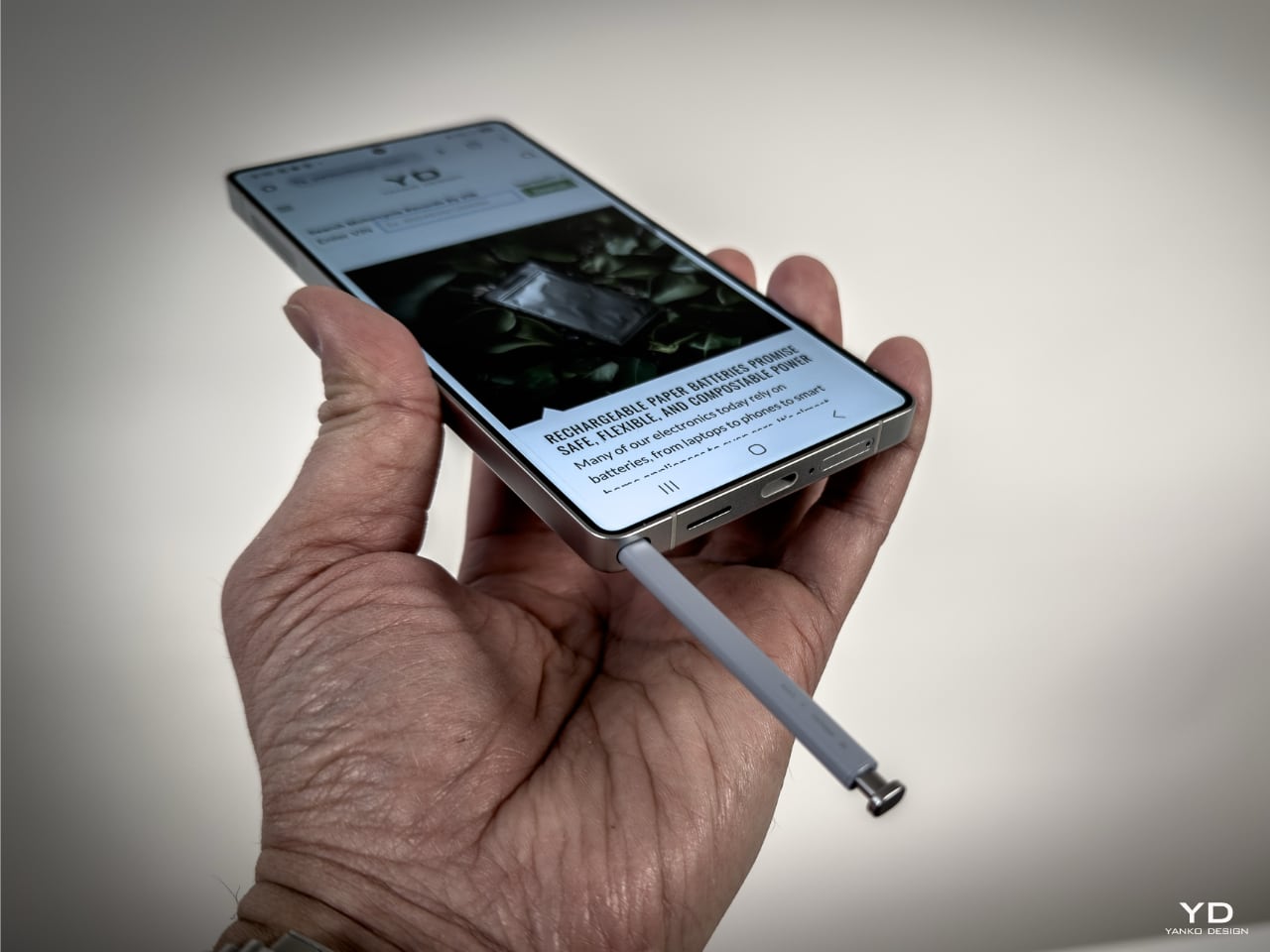It wasn’t surprising that most of Samsung’s rhetoric at its recent Unpacked event revolved around AI. Interesting and impressive as that may have been, many people still gravitated toward the new Galaxy S25 Ultra’s new design and changes. Titanium is the name of the game this year, and it has definitely given Samsung’s flagship an extra touch of luxury and style that improves the phone’s durability and usability with this lightweight yet strong material.
Some changes, however, may not have been welcomed with open arms, such as the removal of Bluetooth functionality from the S Pen stick. And some changes are apparently so subtle you might have not noticed them at all. Good thing that someone else was willing to do the heavy lifting of testing the new Galaxy S25 Ultra, and it turns out that there are quite a few odd design choices that, fortunately, won’t have a massive impact on enjoying this premium smartphone.
Designer: Samsung (via Zack Nelson/JerryRigEverything)
To seasoned Samsung fans and observers, the most visible design change is the Galaxy S25 Ultra’s embrace of the Galaxy S design language, finally leaving behind the distinctive boxy shape it inherited from the Galaxy Note series. All edges are fully flat now, not just the top and bottom, and gone are the sharp corners that gave the modern Galaxy Note line its equally sharp personality. There will be endless debates on the ergonomics and usability of this design, but it was a change that was long coming. The Galaxy S25 Ultra now looks like it’s part of the family, not a holdover of a generation long gone.
The camera design also changed, but the biggest difference is one you’ll only notice if you look close enough. Rather than the tapered rings around all five lenses, the bigger cameras get very flat rings that match the style of the rest of the phone. Unfortunately, there seems to be a very thin gap between those rings and the rear glass, and it was proven that these are only glued down rather than as part of the frame. Granted, these rings won’t easily pry off or lose their adhesiveness but do expect dust and smaller particles to eventually make their way home there.
The Corning Gorilla Armor 2 glass protecting the screen also proved to be slightly more scratch-prone than the previous-gen Galaxy S24 Ultra. Again, this only reveals itself under extreme and dire conditions, so expect your Galaxy S25 Ultra to be scratch-free for a long period of time. It still boggles the mind and piques designers’ curiosities about the decision-making process behind these changes.
Aside from those peculiarities, the Galaxy S25 Ultra proved to be just as tough as it is elegant, which is to be expected for a premium price tag. It didn’t bend easily, if at all, and though the titanium frame still scratched, the chances of you accidentally coming across a strong blade in daily life are very slim. One rather curious but totally inconsequential discovery is that the S Pen still had that tiny battery slot inside the barrel, even if the battery itself was nowhere to be found.
The post Galaxy S25 Ultra durability test reveals a robust design with one unexpected twist first appeared on Yanko Design.

